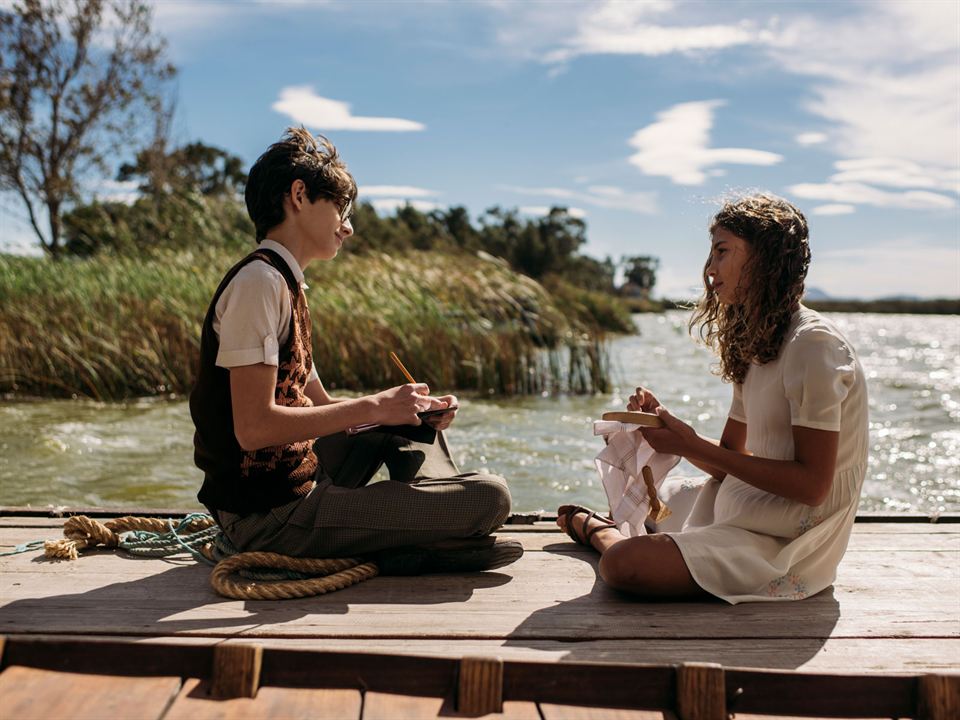May 13th
Vivir dos veces · María Ripoll · 2019
May 20th | Presentation & colloquium
Muchos hijos, un mono y un castillo · Gustavo Salmerón · 2017
May 13th
Vivir dos veces · María Ripoll · 2019
May 20th | Presentation & colloquium
Muchos hijos, un mono y un castillo · Gustavo Salmerón · 2017
love and cinema Cinema and love. Impossible to separate one from the other. A camera that allows you to capture moving images of loved ones and keep them forever, beyond the end. A screen that has offered us since its invention faces and bodies to love. And the close-up, a purely cinematographic invention, is the emblem of that love.
The very act of filming is in itself an act of love: to the world, to a place, to an idea, to someone. And that is exactly Many children, a monkey and a castle, a film arising from the love of a son for his mother who, in turn, portrays the love of a woman for her family, her objects, her memories, her spaces, her stories.
And, of course, the cinema has been the territory where the ideal of romantic love, with all its good and bad, has grown and become omnipresent. Specifically, Hollywood has taught us to love, to kiss, to desire, to make love, to hug. Another question is that later reality turned out to be very different from the beautiful fiction that this type of cinema had created: no violins played, there were no signs on the ground with the correct distance to stand, kissing was a much more clumsy act than expected. that the screen showed and the backlight? where is the superphotogenic backlight? But, above all, too many people were excluded from this idealized world of romantic love. And although the screens are increasingly filled with non-regulatory bodies, with people of all colors and conditions, there is still a long way to go.
The cinema also mythologized and enthroned a single family model with traditional roles that, this yes (and more easily than the representation of the couple), is increasingly diluted and more diverse and welcoming. Live Twice, the film by María Ripoll, is a good example of how that “perfect family” that the screens offered for too long never existed, but rather “imperfect families”, with complex relationships between them. And a vindication of conscious and free love (of prejudices and interests), as the only element of union between people.
._Aurea Ortiz Villeta
